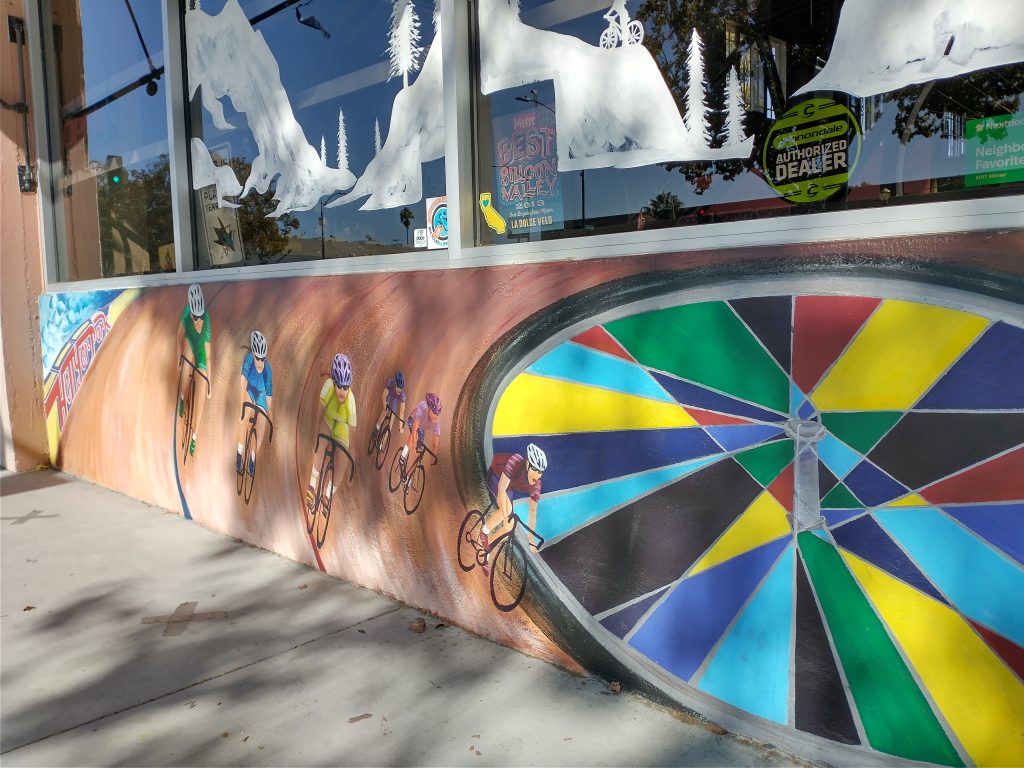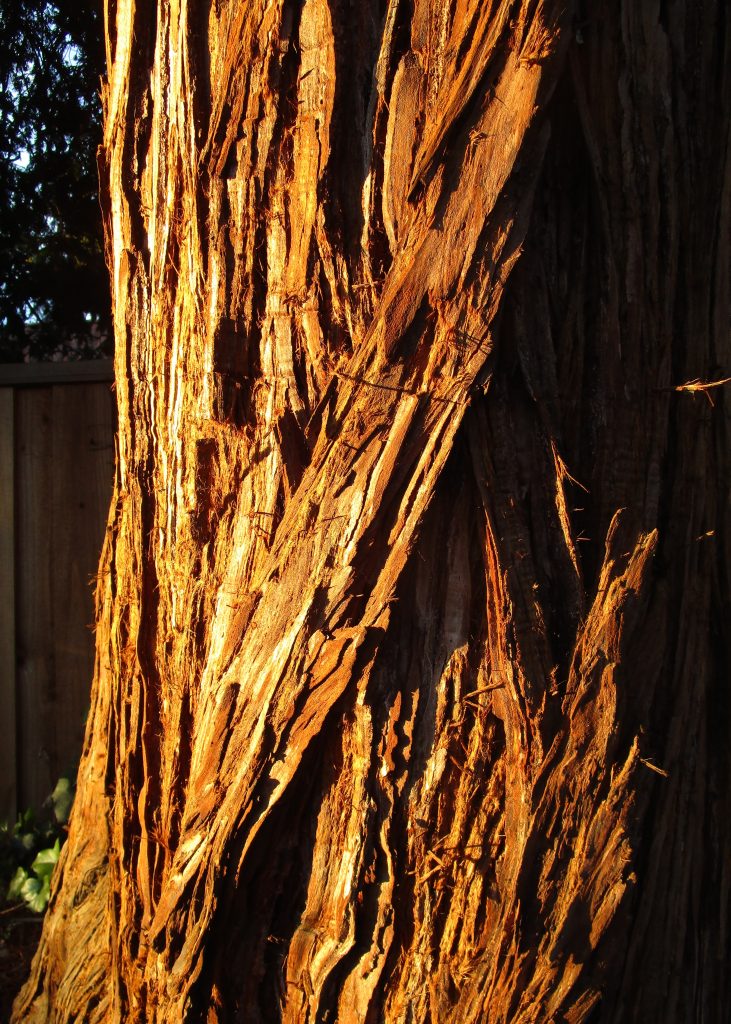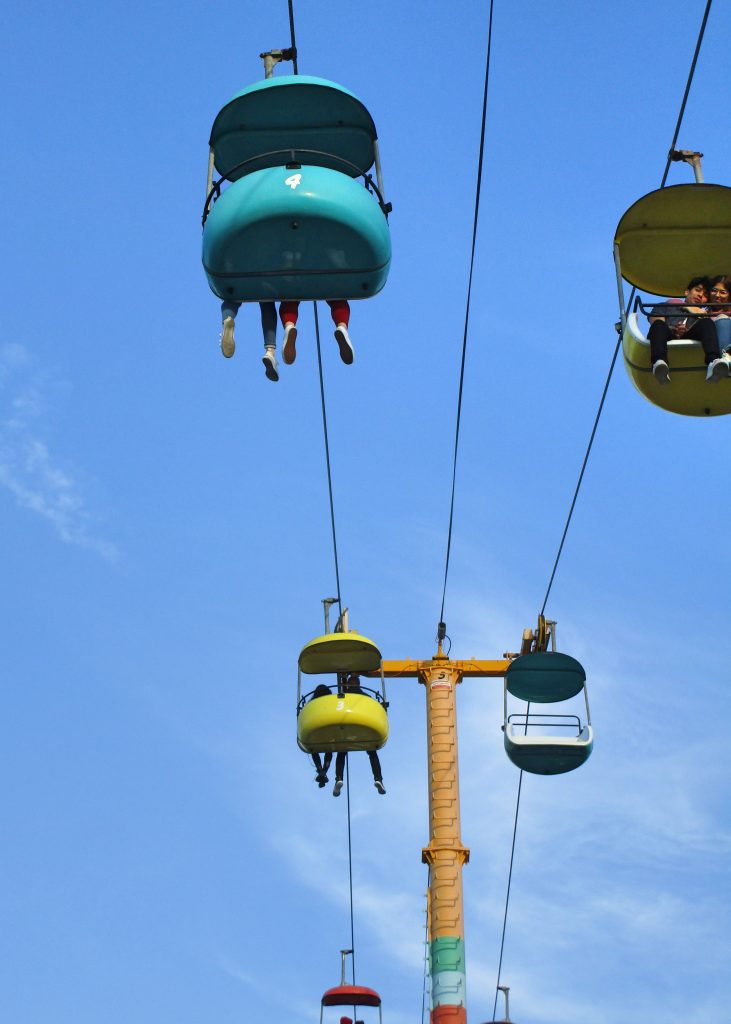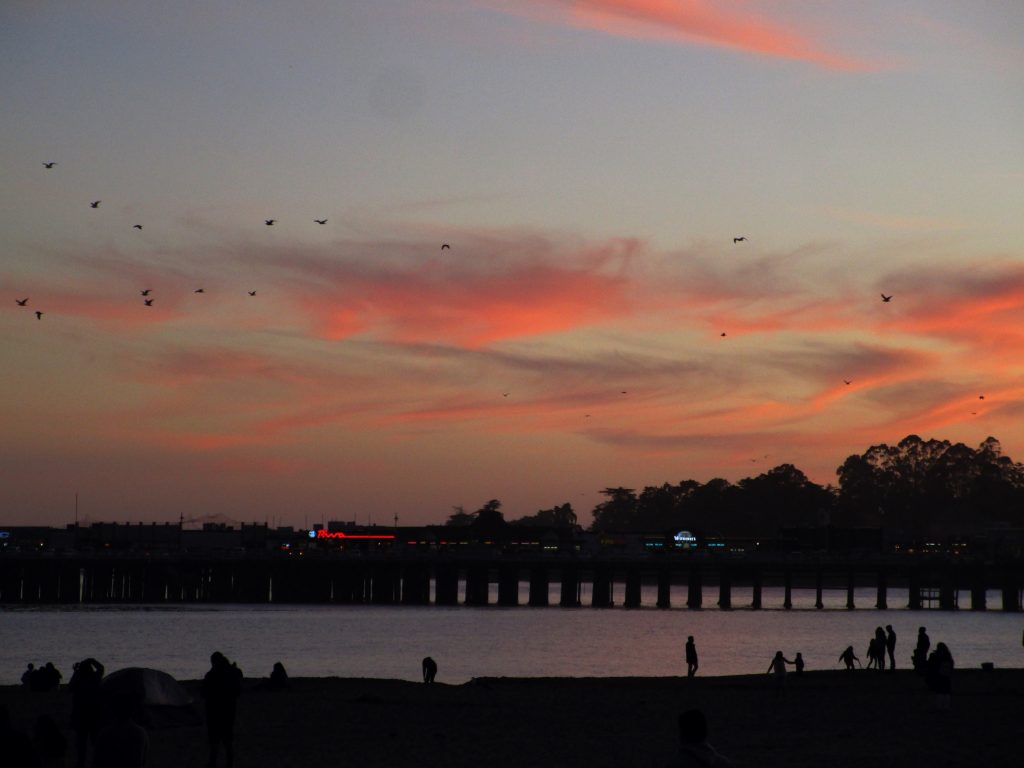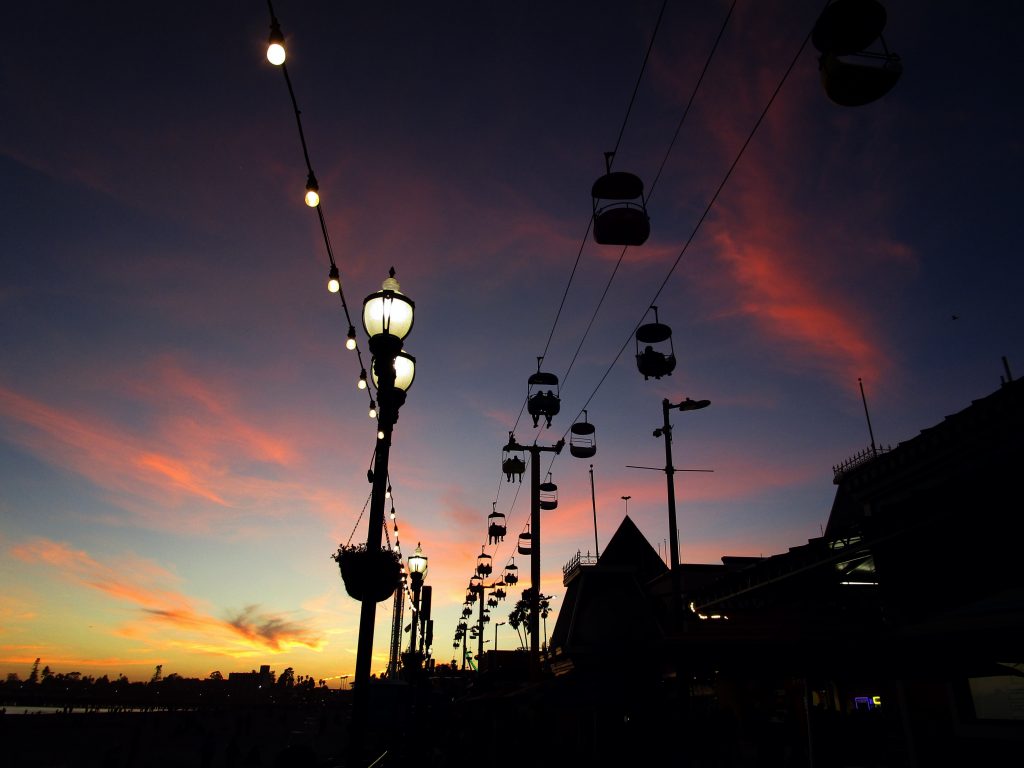
San Jose Mural


Traveling around in #SanJose and #NearbyToSanJose at 825 mph on our spinning planet.
Business



Some are closed temporarily with the pandemic, some are closed for good after this pandemic, some are closed in preparation for demolition and new buildings ready to be built. The beauty to appreciate is that with the closed doors, we still have art in our windows thanks to many artists. It is something to appreciate about the spirit here.
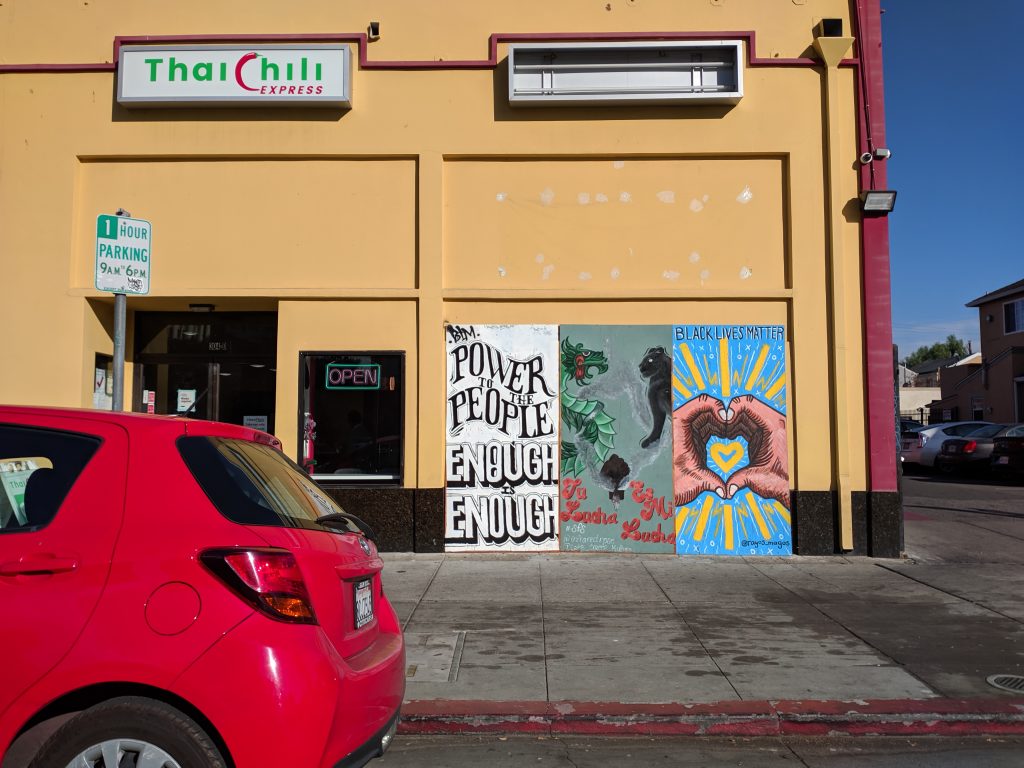
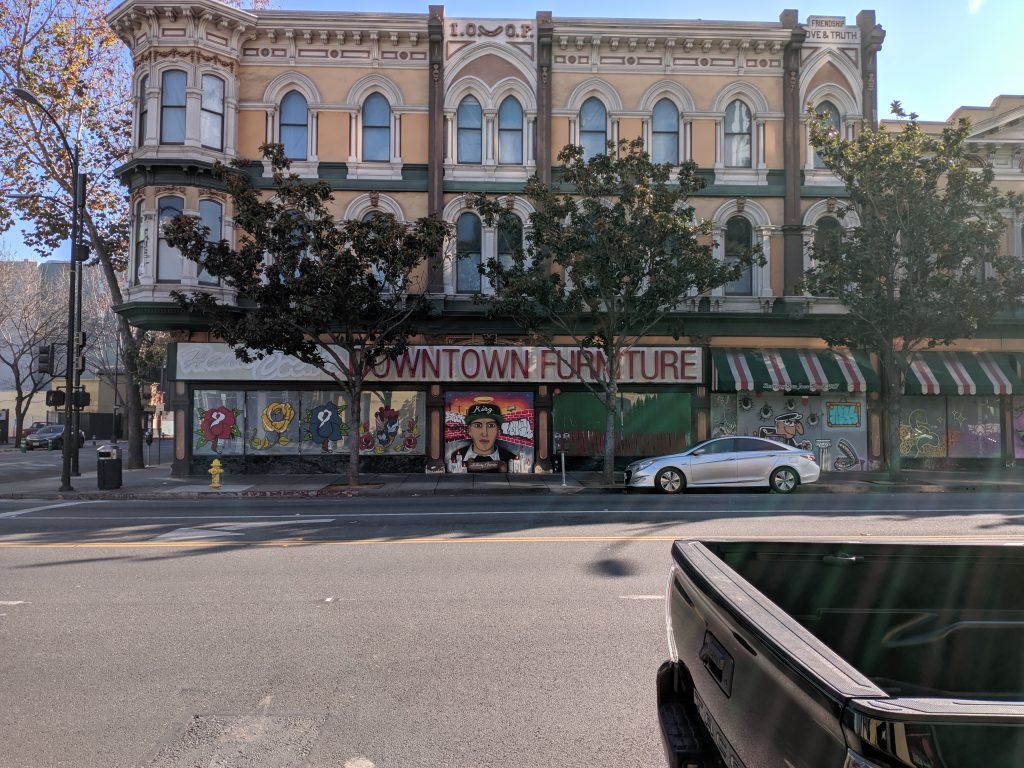
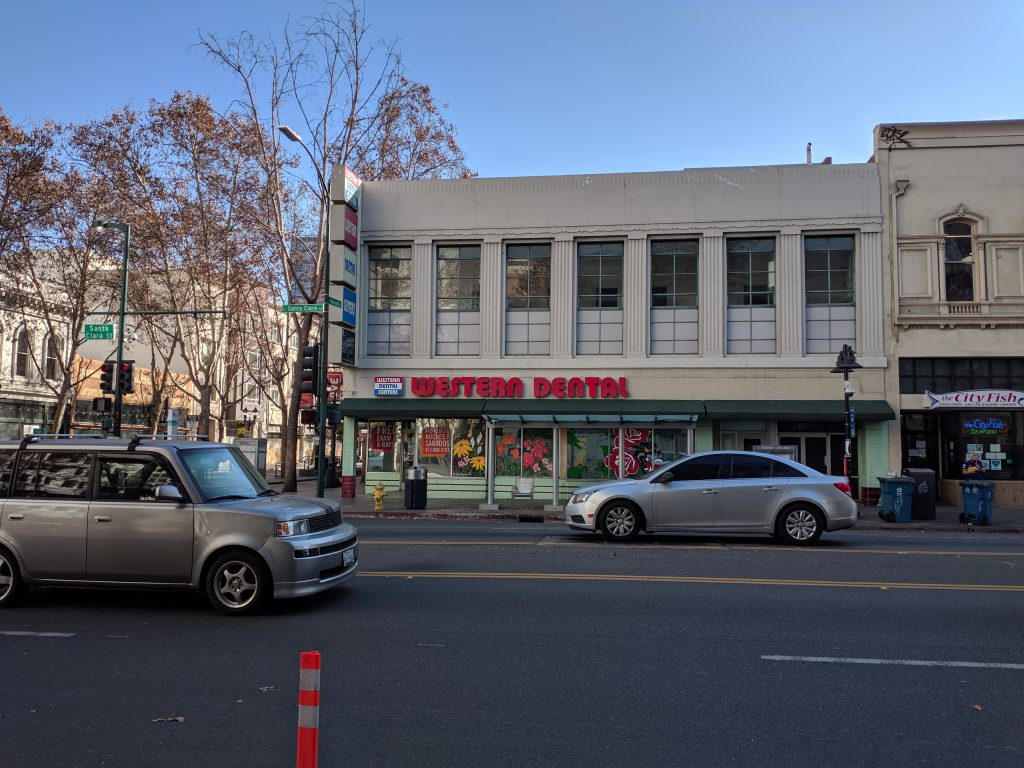

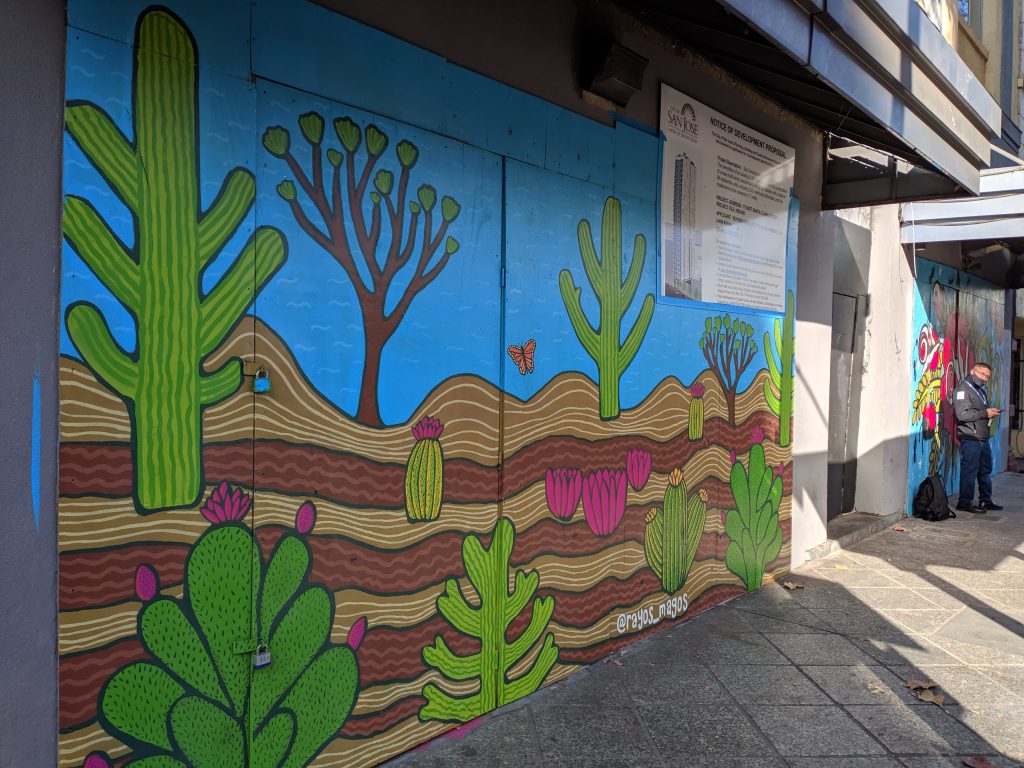
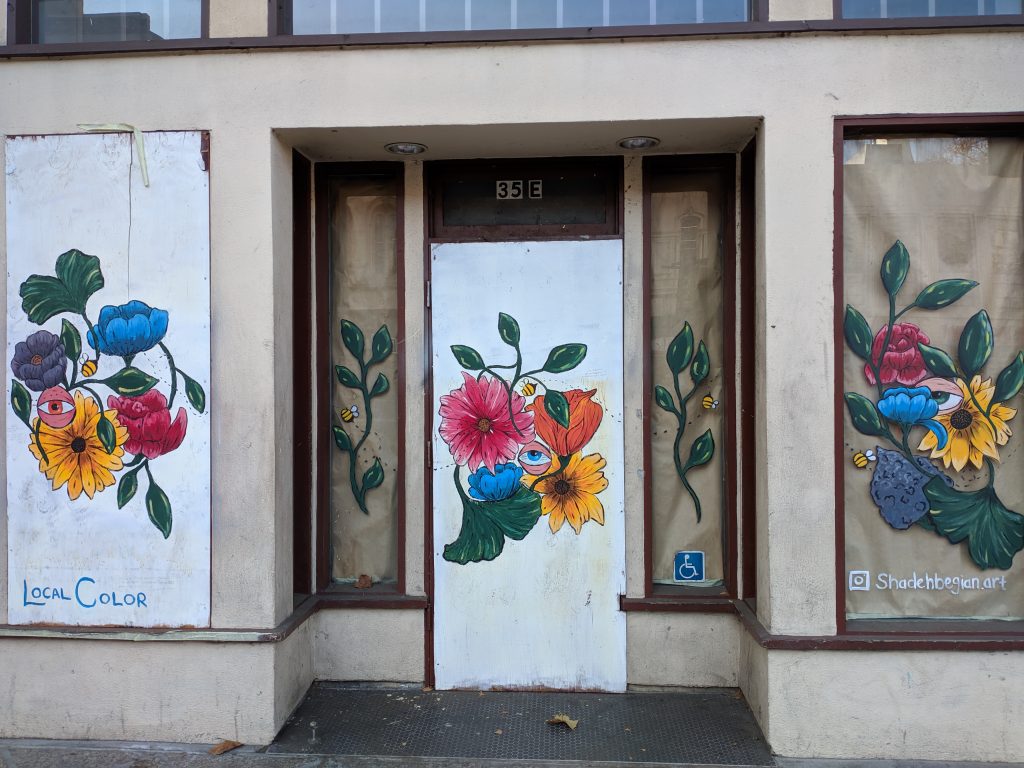

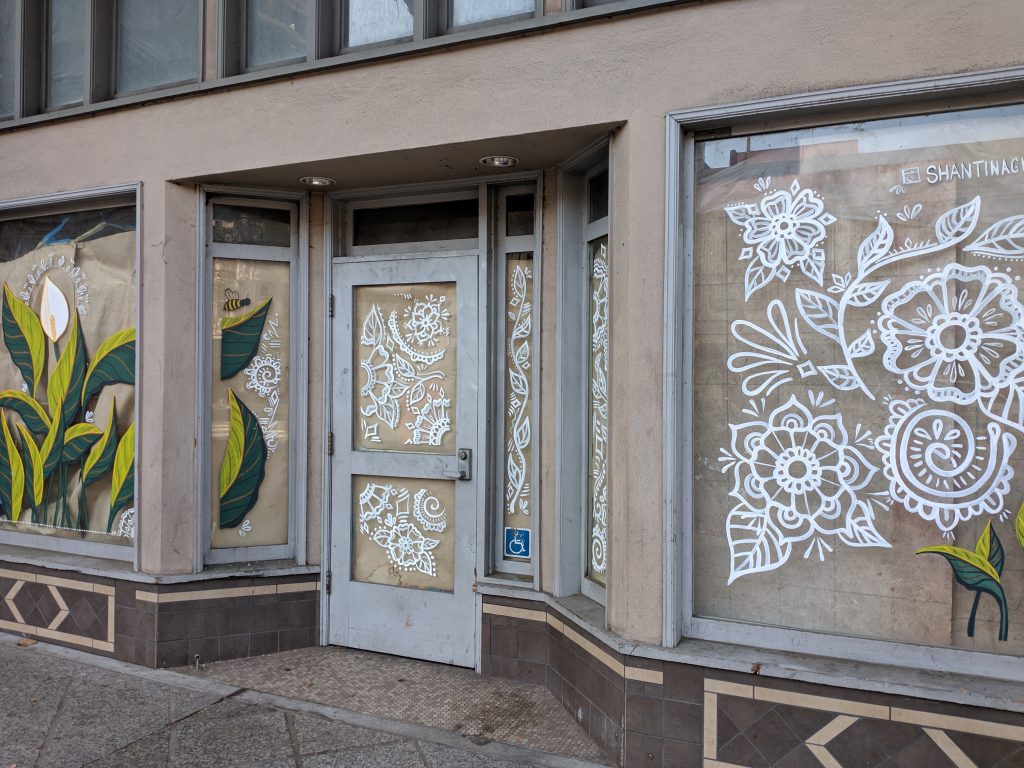
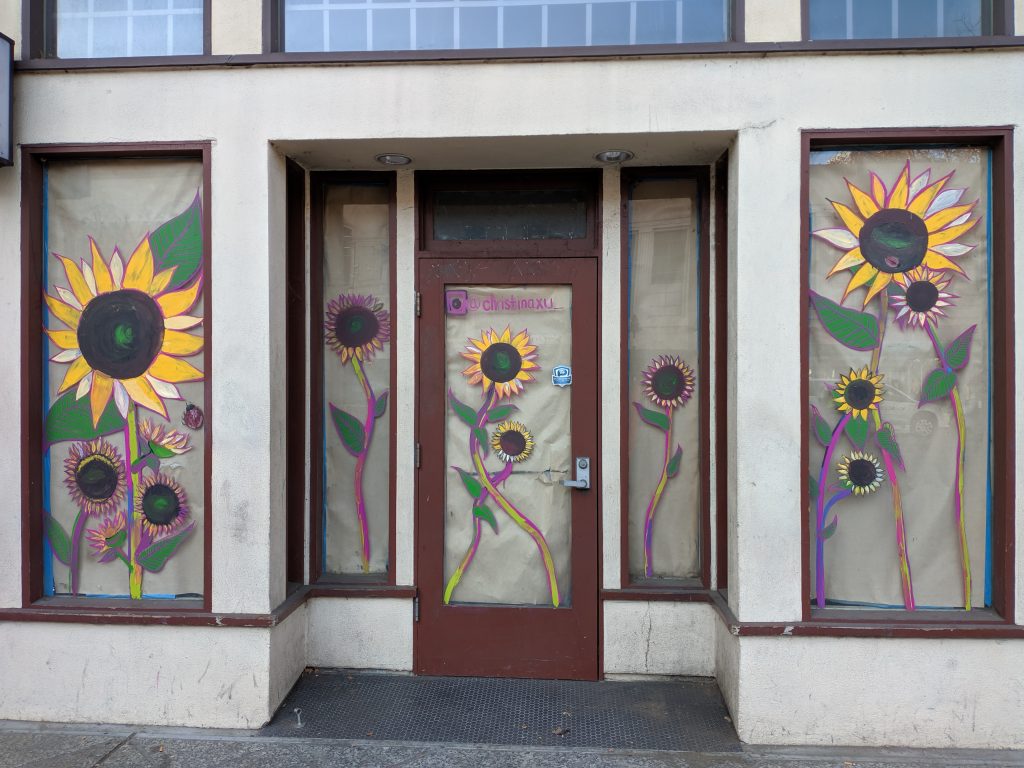
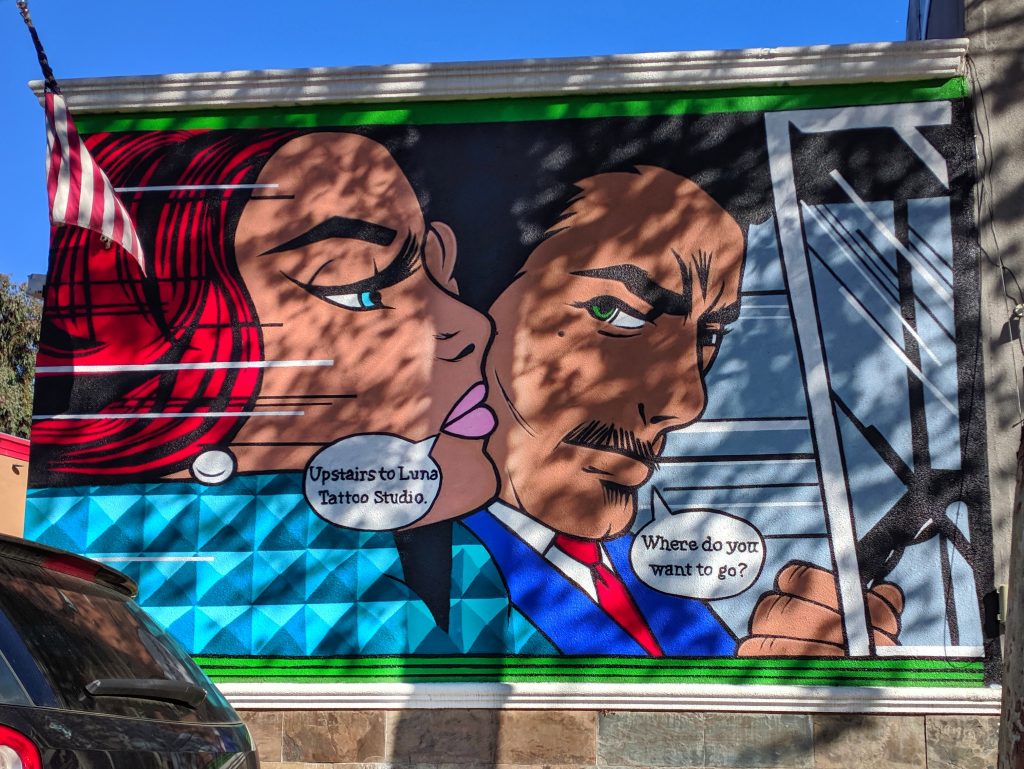
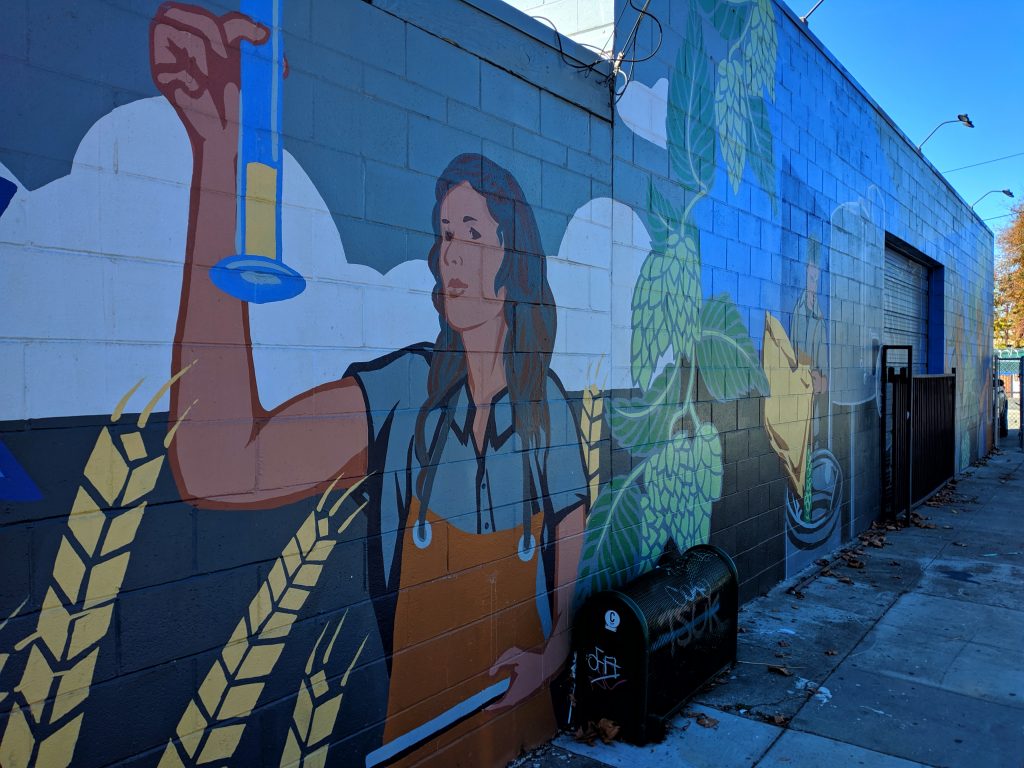
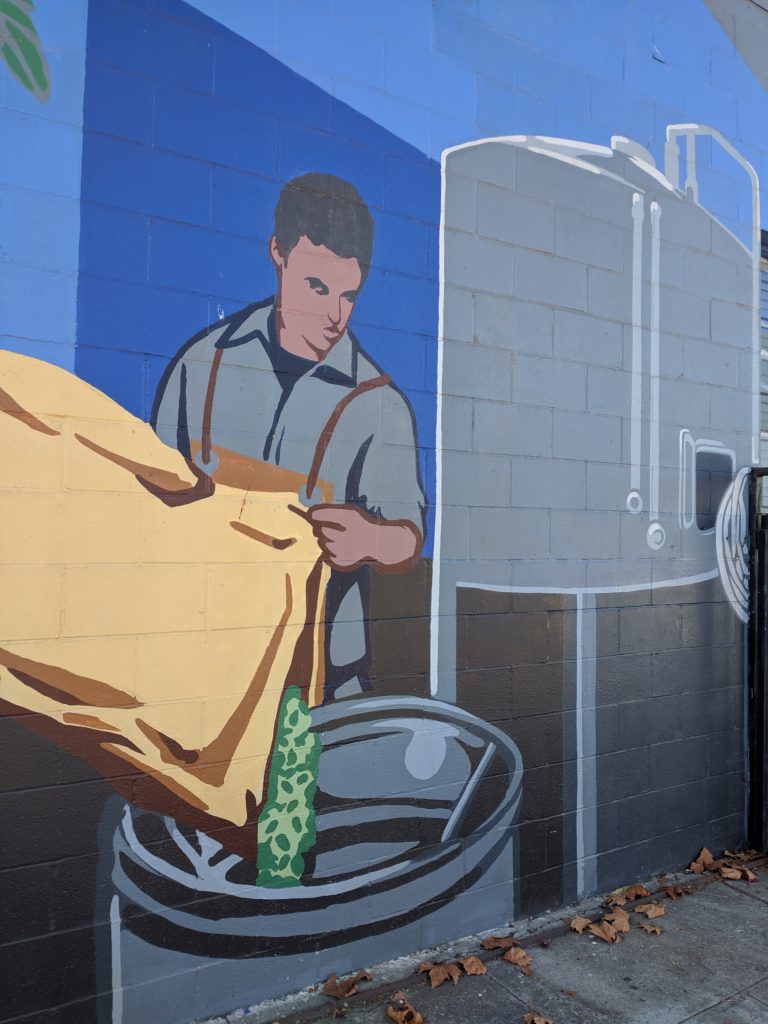
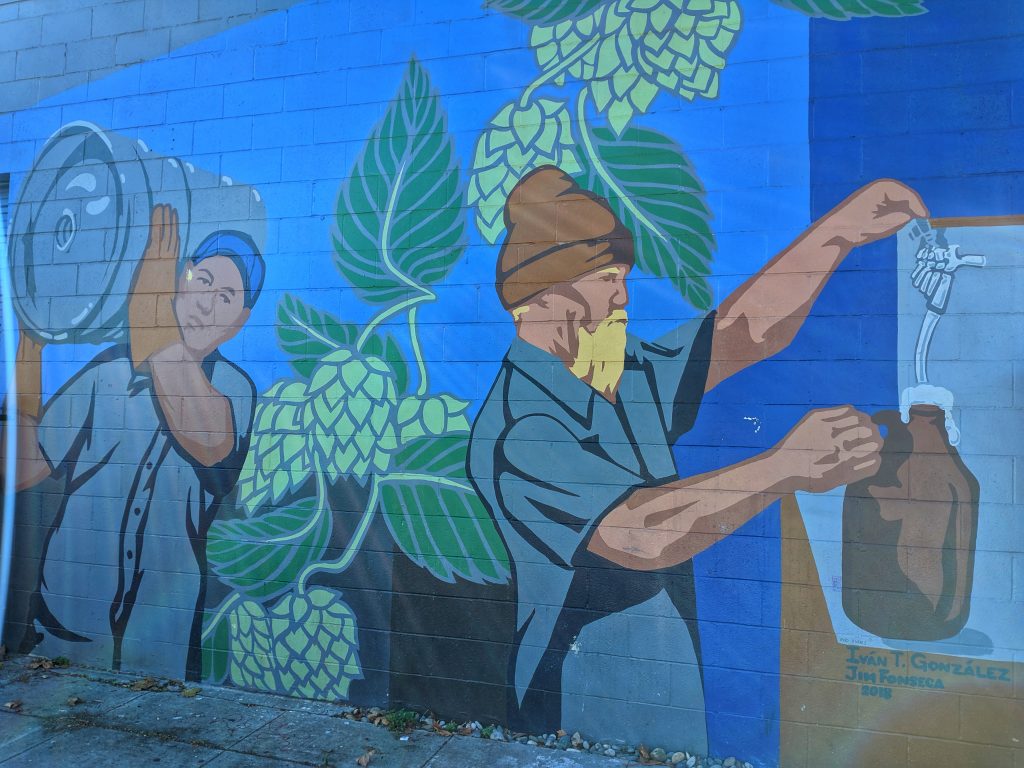

This is the building that Andy’s Pet Shop use to be in on The Alameda in San Jose.
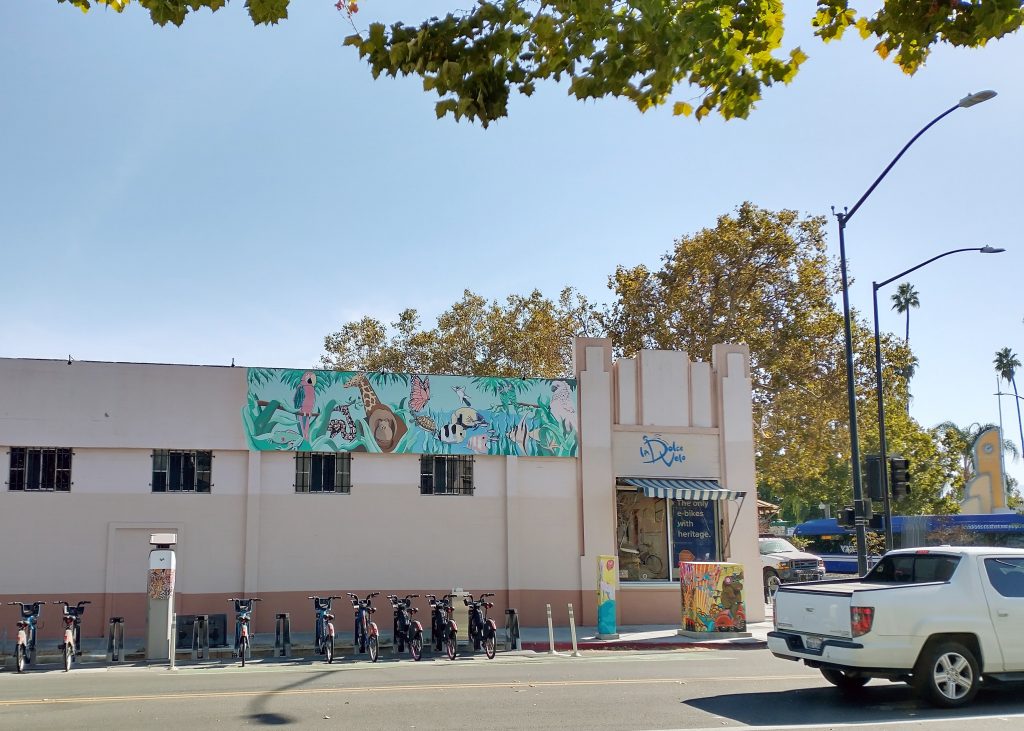
I am so glad that they still have some mural there as they once did. When I was a kid, though, the entire side of the building was an animal mural similar to the smaller homage that you see above the windows now. Can you imagine?

That previous and larger version of the mural was the very first mural I remember being aware of as a child. It was the one that would get pointed out to me by family if we drove by it. “Look, there is the pet shop!” It is a special place in that sense as the first public artwork that I was shown regularly and eventually would begin to look out for and notice for myself.
Today, Andy’s Pet Shop has moved a ways down the street and La Dolce Velo bike shop has the building now. Thankfully, they also appear to appreciate murals.
